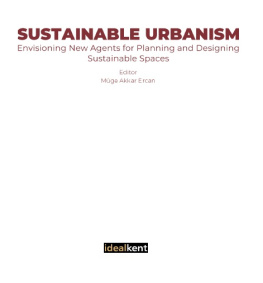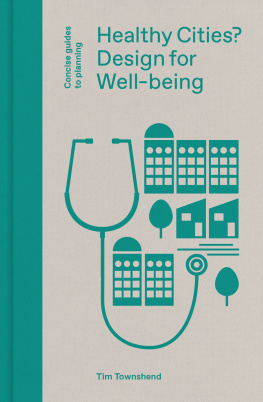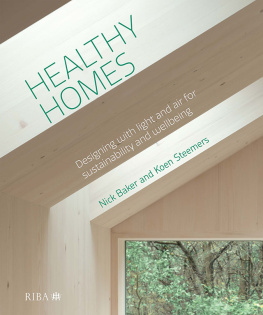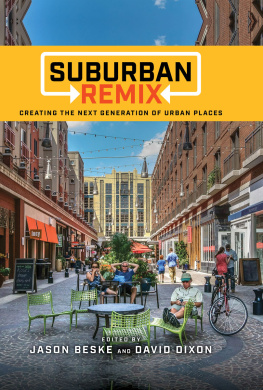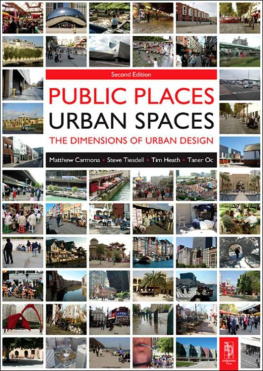About Island Press
Since 1984, the nonprofit organization Island Press has been stimulating, shaping, and communicating ideas that are essential for solving environmental problems worldwide. With more than 1,000 titles in print and some 30 new releases each year, we are the nations leading publisher on environmental issues. We identify innovative thinkers and emerging trends in the environmental field. We work with world-renowned experts and authors to develop cross-disciplinary solutions to environmental challenges.
Island Press designs and executes educational campaigns, in conjunction with our authors, to communicate their critical messages in print, in person, and online using the latest technologies, innovative programs, and the media. Our goal is to reach targeted audiencesscientists, policy makers, environmental advocates, urban planners, the media, and concerned citizenswith information that can be used to create the framework for long-term ecological health and human well-being.
Island Press gratefully acknowledges major support from The Bobolink Foundation, Caldera Foundation, The Curtis and Edith Munson Foundation, The Forrest C. and Frances H. Lattner Foundation, The JPB Foundation, The Kresge Foundation, The Summit Charitable Foundation, Inc., and many other generous organizations and individuals.
This publication is made possible in part with support from the Richard H. Driehaus Foundation.
The opinions expressed in this book are those of the author(s) and do not necessarily reflect the views of our supporters.

Island Presss mission is to provide the best ideas and information to those seeking to understand and protect the environment and create solutions to its complex problems. Click here to get our newsletter for the latest news on authors, events, and free book giveaways.
2022 Nisha Botchwey, Andrew L. Dannenberg, and Howard Frumkin
All rights reserved under International and Pan-American Copyright Conventions. No part of this book may be reproduced in any form or by any means without permission in writing from the publisher: Island Press, 2000 M Street, NW, Suite 480-B, Washington, DC 20036-3319.
DOI: http://doi.org/10.5822/978-1-64283-158-0
Library of Congress Control Number: 2021945377
All Island Press books are printed on environmentally responsible materials.
Manufactured in the United States of America
10 9 8 7 6 5 4 3 2 1
Keywords: air quality, biophilic design, built environment, climate change, community design, community engagement, community resilience, COVID-19, equity, food access, gentrification, health care, health policy, healthy home, healthy school, land use, mental health, nature, nutrition, physical activity, research, social capital, technology, transportation, urban health, vulnerable populations, water quality, well-being, workplace
ISBN-13: 978-1-64283-158-0 (electronic)
We dedicate this book to our students and the practicing professionals who design and build healthy places in the United States and around the globe.
To our teachers, mentors, and colleagues, who challenge and enrich our perspectives on healthy places.
To our families, who inspire us to advance healthy places every day.
To those, now and in the future, who make healthy places for well-being, equity, and sustainability.
FOREWORD
Richard J. Jackson
In 1999, I was serving as the director of the National Center for Environmental Health at the US Centers for Disease Control and Prevention (CDC) in Atlanta. We focused on the environmental health of the United States, including human disease from air and water pollution, food contamination, environmental microbes and chemicals, radiation, global climate threats, and chronic disease epidemics with environmental origins such as inactivity, obesity, and depression. These challenges consumed my thinking.
Five years earlier my little family had moved to suburban Atlanta from Berkeley, California, where our sons had walked or bicycled to school and I had commuted to work by public transit. Parks and trails were readily accessible and well used. In Atlanta, our sons could not walk to school because there were no sidewalks within blocks of their schools. We drove them by car to participate in their sports and other activities. Half of the parks in Atlanta were primarily only accessible by car, implying that pedestrians were unwelcome. Not surprisingly, roadways were packed with cars and dangerous for bicyclists.
On a hot, humid day while driving on the seven-lane Buford Highway near my CDC office, I saw an older woman bent over with osteoporosis as she walked in the worn dirt patch next to the busy traffic lanes. She likely lived in one of the homes of the working poor nearby and was struggling to get her groceries home. An hour later during our CDC staff meeting, my thoughts kept returning to that elderly woman. I thought, if she collapsed and died next to that road, the cause of death would be listed as Heatstroke, but the real causes of death were air pollution, lack of tree cover, and few transportation options. If she were killed by a truck on that busy road, the cause of death would be Motor Vehicle Trauma, rather than the true causes: lack of sidewalks and inadequate public transportation. These underlying causes of death were amplified by poverty and discrimination, as well as the cultural indifference to the needs of the poor reflected in the dominance of the automobile in modern society.
Not long thereafter, I wrote a thought piece with my urban planner colleague, the late Christopher Kochtitzky, in which we speculated on the health impacts of urban sprawl, focusing on how the design of suburbs that center on the use of automobiles and discourage walking and bicycling for transportation may contribute to obesity and associated chronic diseases. We received fierce criticism accusing us of junk science from the homebuilder industry as well as from some members of Congress. We recognized they were correct to the extent that we had little evidence for our ideas because of the paucity of scientific research on the relationship of the built environment and health. In fact, some health leaders believed that the health harms from poor housing in crowded cities had been remedied by the automobiles takeover of the early twentieth century.
Working with public health friends and many new colleagues over the next several years, we reached out to federal agencies and national organizations that focus on urban planning, architecture, and transportation. We sought to learn how they view their missions and to convey our concerns about thepotential health impacts of the decisions made by the professionals in those fields. We invited visits by individual researchers and policy leaders who were investigating related topics. We asked these new colleagues to present at our national public health meetings, and in turn, we were invited to present the public health viewpoint at their national planning, architecture, and transportation conferences.
In September 2003, we assembled the now widely cited full issue of the American Journal of Public Health on Built Environment and Health, which included important contributions from these built environment fields. In 2004, we published Urban Sprawl and Public Health, the predecessor of the current book, summarizing what was then known about health impacts of urban sprawl. Subsequently in 2011, we published the first edition of the current book,


